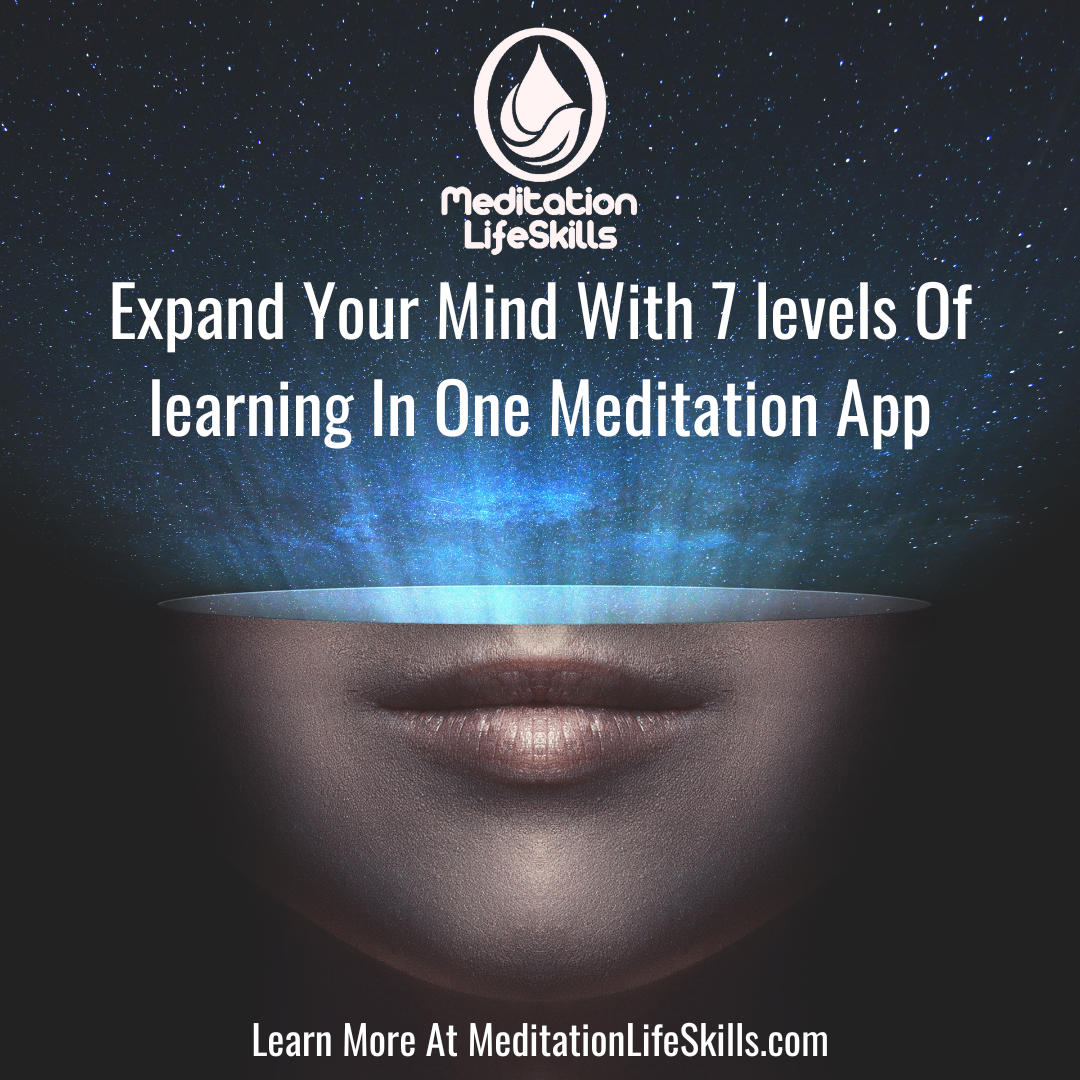
Are you ready to achieve that blissful state of Zen but unsure when to meditate, before or after exercise? This age-old question has stumped many aspiring yogis and fitness enthusiasts.
In this guide, we will explore the benefits of meditating before and after exercise and help you find the perfect balance between physical and mental well-being.
For some, a pre-workout meditation session can provide the perfect warm-up for the mind and body. You can enter your exercise routine with increased focus, clarity, and mindfulness by calming your mind and focusing on your breath. This can enhance your overall performance and help you achieve better results.
On the other hand, meditating after exercise can be a great way to wind down and peacefully transition from a sweaty workout to a state of deep relaxation. It allows you to release tension and stress during exercise, promoting physical recovery and mental rejuvenation.
Whatever path you choose, the ultimate goal is to find a routine that works best for you. Experiment with different timings and observe how your mind and body respond. You'll discover your ultimate Zen formula with practice and patience, a harmonious blend of meditation and exercise that leads you to inner peace and physical well-being.
So, are you ready to embark on this journey to find your Zen? Let's dive in!
The Benefits Of Meditation Before Exercise
For some, a pre-workout meditation session can provide the perfect warm-up for the mind and body. You can enter your exercise routine with increased focus, clarity, and mindfulness by calming your mind and focusing on your breath. This can enhance your overall performance and help you achieve better results.
Meditation before exercise lets you quiet the mental chatter and bring your attention to the present moment. By grounding yourself in the here and now, you can let go of any distractions or worries, allowing your body to engage fully in the physical activity ahead. It sets the tone for a productive workout session, where you can fully connect with your body and maximize your efforts.
Meditating before exercise can help you set intentions and goals for your workout. You can cultivate a sense of motivation and drive by visualizing your desired outcome and focusing on positive affirmations. This mental preparation can take your exercise routine to the next level as you approach it with a clear purpose and determination.
However, it's important to note that meditation before exercise may only work for some. Some individuals may find transitioning from a calm, relaxed state to a high-intensity workout challenging. Listening to your body and finding what feels right for you is essential.
The Benefits Of Meditation After Exercise
On the other hand, meditating after exercise can be a great way to wind down and peacefully transition from a sweaty workout to a state of deep relaxation. It allows you to release tension and stress during exercise, promoting physical recovery and mental rejuvenation.
After a vigorous workout, your body may be flooded with endorphins, leaving you feeling energized yet restless. By practicing meditation post-exercise, you can harness this energy and channel it into a calm, focused state of mind. It's an opportunity to integrate the physical benefits of exercise with mental well-being.
Meditating after exercise can also aid in muscle recovery and prevent post-workout soreness. As you engage in deep breathing and relax your body, you increase blood flow and facilitate the removal of lactic acid and other metabolic waste products. This can speed up recovery, allowing you to bounce back quicker for your next workout.
Furthermore, meditation after exercise provides a space for reflection and gratitude. It allows you to appreciate your body's capabilities and honor the effort you put into your workout. By cultivating a sense of self-compassion and mindfulness, you can develop a positive relationship with exercise and foster a healthy mindset.
How Meditation Can Enhance Your Workout
Whether you meditate before or after exercise, incorporating this ancient practice into your routine can significantly enhance your overall workout experience.
Here are some ways in which meditation can benefit your physical and mental well-being:
1. Increased Focus: Meditation cultivates mental clarity and concentration, allowing you to immerse yourself in your workout fully. By quieting the mind, you can eliminate distractions and stay present in the moment, enhancing your performance and technique.
2. Stress Reduction: Exercise is an excellent stress reliever; when combined with meditation, the benefits are amplified. Meditation helps regulate stress hormones, such as cortisol, promoting a sense of calm and relaxation. This can improve your overall mood and well-being.
3. Mind-Body Connection: Meditation encourages you to connect with your body deeply. You can develop a stronger mind-body connection by bringing awareness to your breath, movements, and sensations. This heightened awareness can improve your posture, coordination, and overall movement quality.
4. Emotional Regulation: Regular meditation can enhance emotional regulation and resilience. It helps you observe and manage your thoughts and emotions, preventing them from interfering with your workout. This emotional stability can lead to a more enjoyable and productive exercise session.
5. Recovery and Healing: Meditation has been shown to support the body's natural healing processes. Meditation can aid post-workout recovery and prevent injuries by reducing inflammation, improving sleep quality, and boosting immune function.
Different Types Of Meditation Techniques and Methods
You can explore various meditation techniques to find the one that resonates with you. Here are a few popular options:
1. Mindfulness Meditation: This technique involves focusing on the present moment without judgment. It cultivates a non-reactive awareness of your thoughts, feelings, and bodily sensations. Mindfulness meditation can be practiced in seated or walking positions.
2. Loving-Kindness Meditation: Also known as Metta meditation, this practice involves generating feelings of compassion, love, and kindness towards oneself and others. It helps cultivate a sense of interconnectedness and fosters positive emotions.
3. Guided Visualization: This technique uses imagination to create vivid mental images. It can be particularly beneficial before exercise, allowing you to visualize your workout and desired outcomes. Guided visualizations are often available in the form of audio recordings or apps.
4. Transcendental Meditation: Transcendental Meditation (TM) is a specific technique that involves silently repeating a mantra to achieve a state of deep relaxation and transcendence. It is usually learned from a certified TM teacher.
Experiment with different meditation techniques and find the ones that resonate with you. Remember, there is no right or wrong way to meditate; it's a personal journey of self-discovery.
Tips For Incorporating Meditation Into Your Exercise Routine
Now that you understand the benefits and different techniques of meditation, let's explore some practical tips for incorporating meditation into your exercise routine:
1. Start Small: If you're new to meditation, begin with short sessions of 5-10 minutes and gradually increase the duration as you feel more comfortable. Consistency is key, so aim to meditate regularly, even for a shorter duration.
2. Find a Quiet Space: Choose a quiet and peaceful environment for your meditation practice. This can be a dedicated meditation corner in your home, a serene outdoor spot, or a quiet room in your gym.
3. Set Clear Intentions: Set clear intentions for your practice before meditating. Whether to increase focus, reduce stress, or enhance recovery, having a specific goal in mind can help guide your meditation session.
4. Experiment with timing: Try pre- and post-workout meditation and observe how your mind and body respond. Please consider your energy levels, focus, and overall experience to determine the best timing for your meditation practice.
5. Combine Meditation with Stretching: Consider combining your meditation practice with gentle stretching exercises. This can help prepare your body for meditation and promote relaxation.
6. Utilize Apps and Resources: Numerous meditation apps and online resources offer guided meditations, timers, and other helpful tools. You can explore different options and find the ones that resonate with you.
7. Be Patient and Gentle with Yourself: Meditation is a practice that takes time to develop. Be patient with yourself and embrace the journey. Allow yourself to be fully present and non-judgmental during your training.
Expert Opinions On The Topic
Here are renowned meditation and fitness experts to provide expert insights on the topic. Here's what they had to say:
1. Dr. Sarah Johnson, Meditation Expert: "Meditating before or after exercise can be beneficial. It depends on your personal goals and preferences. Experiment with both approaches and observe how they impact your mental and physical well-being."
2. Dwayne Austin, Fitness Coach: "I encourage my clients to meditate before exercise as it helps them enter a focused and present state of mind. However, I also emphasize the importance of post-workout meditation for recovery and relaxation. It's about finding the right balance that works for each individual."
3. Emily Roberts, Yoga Instructor: "As a yoga instructor, meditating before a yoga practice enhances the mind-body connection and deepens the experience. However, I encourage my students to incorporate moments of mindfulness and meditation throughout their day, not just during exercise."
These expert opinions highlight the individuality of meditation and the importance of finding what works best for you. Listening to your body, experimenting with different approaches, and seeking professional guidance is essential.
Case Studies and Personal Experiences
To provide a holistic perspective on incorporating meditation into an exercise routine, let's look at a few case studies and personal experiences:
1. Sarah's Story: Sarah, a busy professional, struggled with anxiety and stress. She decided to try meditating before her morning workout routine. She found that a short meditation session helped her clear her mind, focus on her fitness goals, and approach her workout purposefully. Sarah noticed an improvement in her overall mood and productivity throughout the day.
2. Mark's Journey: Mark, an avid runner, incorporated meditation into his post-run routine. After a long and intense workout, he found that meditation helped him relax his muscles and enter a state of deep rest.
This practice allowed him to recover faster and prevent post-exercise soreness. Mark also noticed that meditation helped him stay motivated and maintain a positive mindset towards his running goals.
3. Jenna's Experiment: Jenna, a yoga enthusiast, experimented with pre- and post-workout meditation sessions. Meditating before her yoga helped her focus on her breath and achieve a state of presence on the mat. On the other hand, meditating after her yoga session allowed her to fully embody the postures and experience a deep sense of relaxation.
These case studies highlight the individuality of meditation and its impact on different individuals. What works for one person may only work for one person. Listening to your body and finding the approach that aligns with your unique needs and preferences is essential.
Finding The Right Balance: Experimenting With Different Approaches
As with any wellness practice, finding the right balance between meditation and exercise requires experimentation and self-discovery.
Here are a few steps you can take to find your optimal Zen formula:
1. Self-Reflection: Take some time for self-reflection and identify your goals, preferences, and challenges. Understand why you want to incorporate meditation into your exercise routine and what you hope to gain from this practice.
2. Start with a Schedule: Begin by setting a schedule for your meditation and exercise sessions. Experiment with different timings and observe how your mind and body respond. Pay attention to your energy levels, focus, and overall well-being to determine your best approach.
3. Journaling: Keep a journal to track your experiences and insights. Please keep in mind how you feel before and after meditating and how it impacts your exercise performance. This self-reflection can help you refine your routine and make informed decisions.
4. Seek Guidance: If you're struggling to find the right balance, consider seeking guidance from a meditation teacher or fitness professional. They can provide personalized advice and support to help you navigate this journey.
Conclusion: Physical Activity and Inner Reflection
Exercise and meditation, when practiced on their own, provide numerous health benefits. On the other hand, when performed together, the two can complement each other to provide you with a more well-rounded practice that develops both the mind and the body, offering the best possible outcomes for both.

















